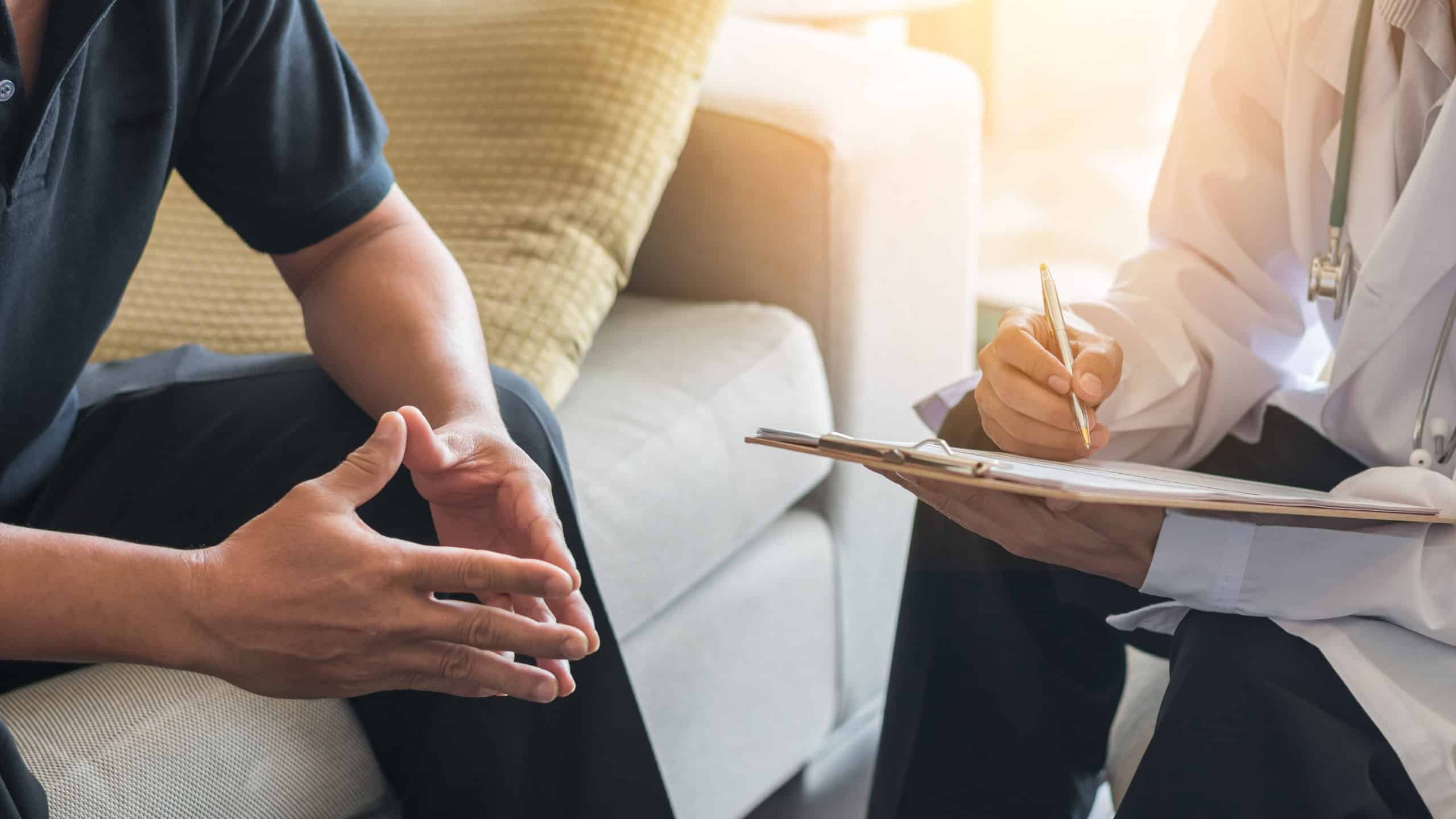
Major Depressive Disorder Diagnosis and Treatment
Learn about the causes, types, signs, symptoms, and treatment methods for major depressive disorder.
Table of Contents
What Is Major Depressive Disorder?
Major depressive disorder is a medical condition characterized by constant hopelessness and despair. It is a widely recognized illness that negatively affects people’s feelings and actions.1
While it is normal to feel sad and low occasionally, major depressive disorder is persistent and lingers for a long period. The common symptoms include a decreased interest in pleasurable activities, anhedonia, feelings of worthlessness, agitation, and sleep disturbances.
A Deeper Look into Major Depressive Disorder
In 2008, the World Health Organization (WHO) ranked major depressive disorder as the third-highest cause of disease globally, and it is forecasted that it will rank first by 2030.1 Therefore, it is essential to understand the primary causes of major depressive disorder and the various factors that predispose its development.
Causes of Major Depressive Disorder
Alcohol and Drug Use
Major depressive disorder is linked strongly to alcohol and drug abuse. The abuse of these substances passes as a form of extreme self-medication and has a psychotherapeutic effect on individuals’ brain and general well-being.
Alcohol is a central nervous system depressant, meaning it slows brain function and neural activity and interferes with neurotransmitters responsible for mood regulation. Thus, people who misuse alcohol experience decreased levels of positive, feel-good chemicals in the brain, causing depressive feelings. This is especially dangerous for those who already have depression, as it further inhibits proper brain functioning—creating a vicious cycle.
In addition, the use of drugs acts as a hindrance to the treatment of clinical depression. While drugs can temporarily alleviate the symptoms of severe depressive disorder, consistent use often exacerbates symptoms and leads to a chemical imbalance that generates additional mental health concerns.
Medical Conditions
Hyperthyroidism often shares overlapping symptoms with major depressive disorder. People with hyperthyroidism exhibit low appetite, tiredness, poor concentration, sleep disturbance, impaired memory, and irritability. Therefore, a high prevalence of major depressive disorder has been identified in hyperthyroid patients.
Medications
Some medications are closely linked to depression symptoms. For example, beta-blockers treat high blood pressure but are associated with depression symptoms like fatigue and sexual problems. Other drugs, such as benzodiazepines, corticosteroids, H2 blockers, proton pump inhibitors, and drugs used to treat Parkinson’s disease, have also been linked to depression.
Abuse During Childhood
Mistreatment and prolonged periods of abuse during childhood have been identified as a risk for developing lifetime major depressive disorder. The disorder usually develops in adults who underwent childhood neglect and abuse.
Cases of clinical depression are often associated with symptoms such as low physical functioning, adverse mental health, and poor general health. Research has also suggested links between childhood abuse and alterations in brain structure and functions, which have grim consequences.
Types of Depression
Psychotic Depression
Melancholic Depression
Catatonic Depression

Signs and Symptoms of Depressive Disorder
Knowing how to spot symptoms of major depressive disorder can help affected individuals and prevent grave consequences that stem from untreated depression. Signs of major depressive disorder include:4
Anxiety and Agitation
Clinical depression commonly causes severe anxiety and agitation. Agitation triggered by depression frequently leads to angry outbursts and disruptive and impulsive behavior.
Negative Thinking
Inability to Focus
Exhaustion and Lethargy
Treatment of Major Depressive Disorder
Medication
Medication is an effective treatment option for depression. The following are the most common and helpful classes and types of medication:
Selective Serotonin Reuptake Inhibitors (SSRIs)
SSRIs are a popular anti-depressant widely used to treat major depressive disorder and often employed in tandem with cognitive behavioral therapy (CBT). This medication poses fewer side effects than other types of antidepressants.
Tricyclic Antidepressants
This is another type of antidepressant prescribed to alleviate major depressive disorder symptoms; however, while this medication exhibits similar levels of efficacy with SSRIs, it poses more adverse side effects. Examples include amitriptyline, amoxapine, and trimipramine.
Monoamine Oxidase Inhibitors
Monoamine oxidase inhibitors, a class of antidepressants, affect the neurotransmitters in the brain by enabling them to communicate better while inhibiting monoamine oxidase, elevating mood in the process.
Serotonin Modulators
This medication targets serotonin neurotransmitters. They control serotonin receptors and inhibit serotonin uptake.
Therapies
Alongside medication, therapy can be beneficial in reducing clinical depression symptoms. The most commonly used therapies include:
Cognitive Behavioral Therapy
Cognitive behavioral therapy (CBT) is a form of psychological treatment proven effective in treating mental health illnesses, including depressive disorder. It involves strategies that help correct a patient’s thinking patterns to instigate change.
Interpersonal Therapy
Interpersonal therapy can be used for mild depression disorders, as it addresses interpersonal issues and relationships. This therapy is proven to be as effective in short-term treatments as antidepressants.
Final Thoughts
Cases of major depressive disorder are forecasted to become widespread in the future. Together we can overcome and prevent clinical depression by gaining a deep understanding of it.6
Resources
https://pubmed.ncbi.nlm.nih.gov/32644504/
https://www.healthline.com/health/clinical-depression#causes-and-risk-factors
https://www.cancer.gov/about-cancer/coping/feelings/depression-hp-pdq
https://emedicine.medscape.com/article/286759-overview
https://www.webmd.com/depression/guide/major-depression
https://www.who.int/news-room/fact-sheets/detail/depression






